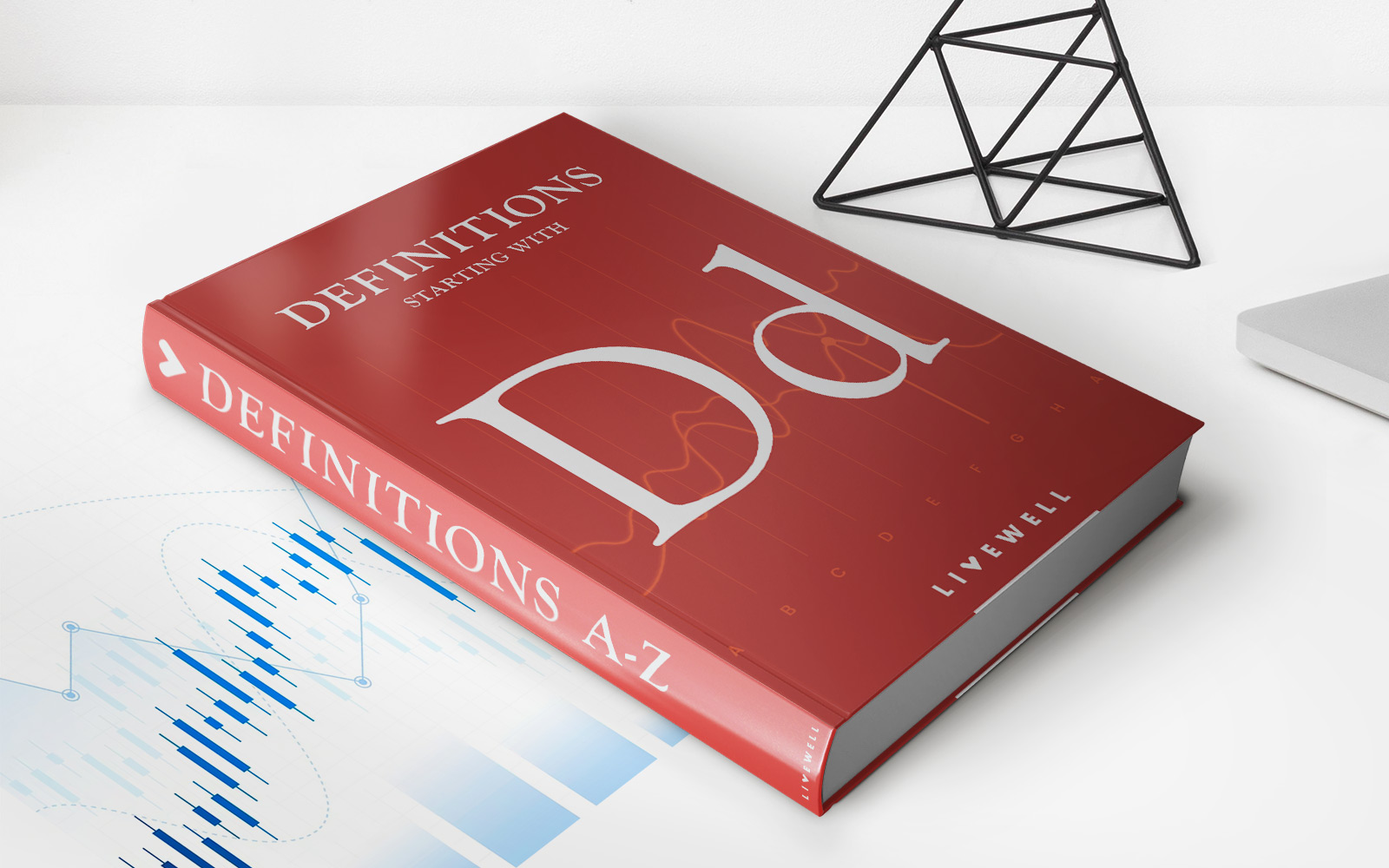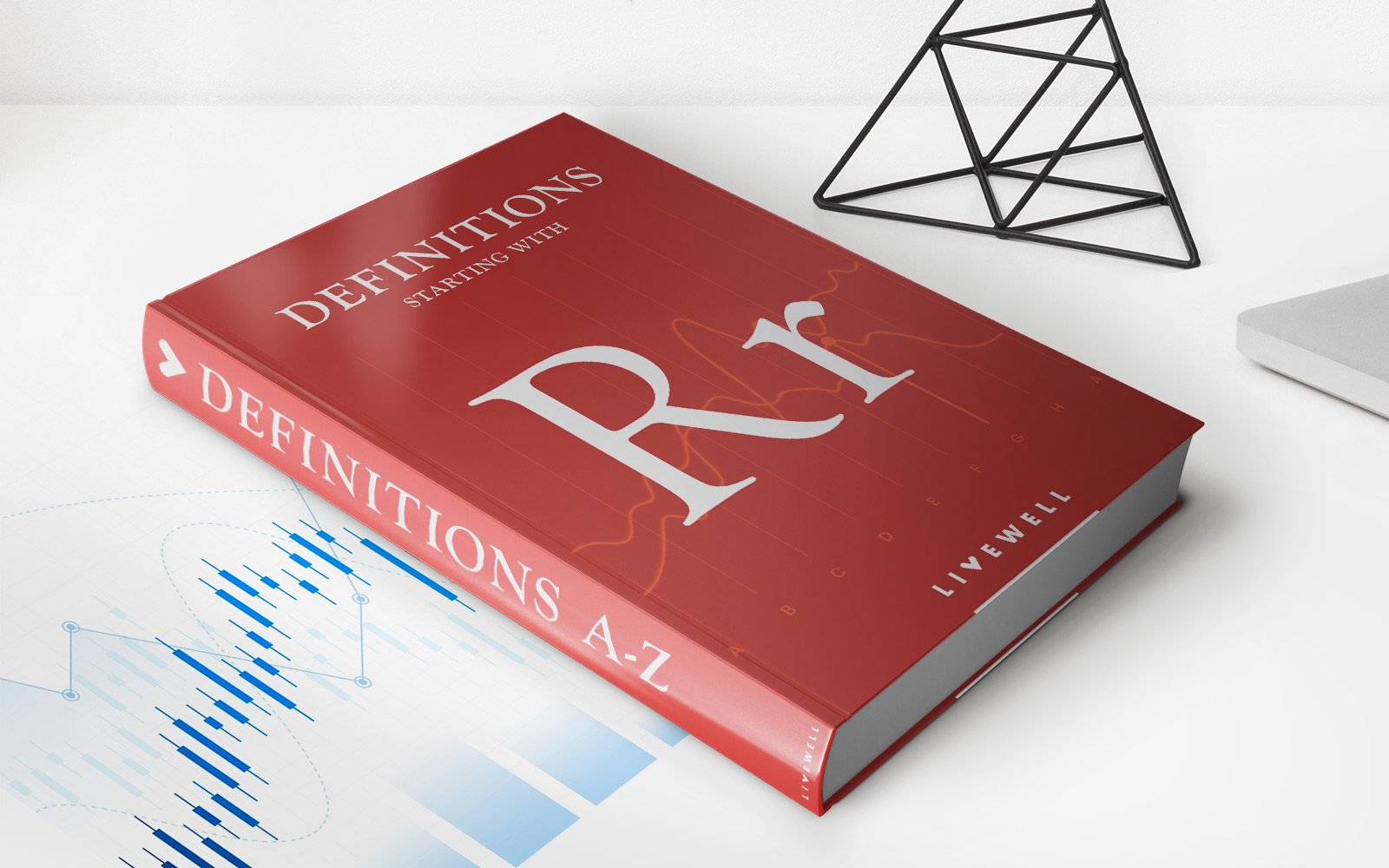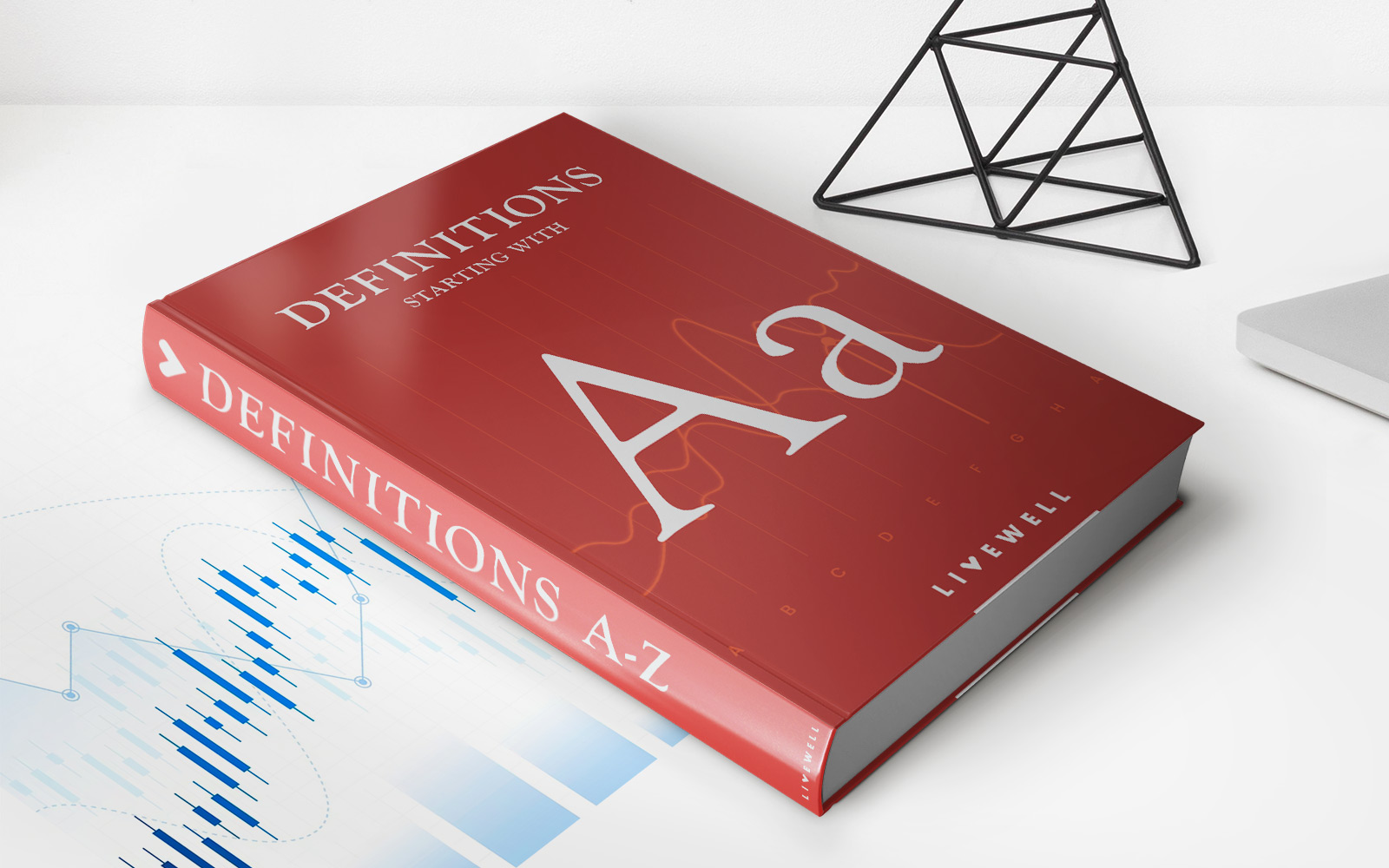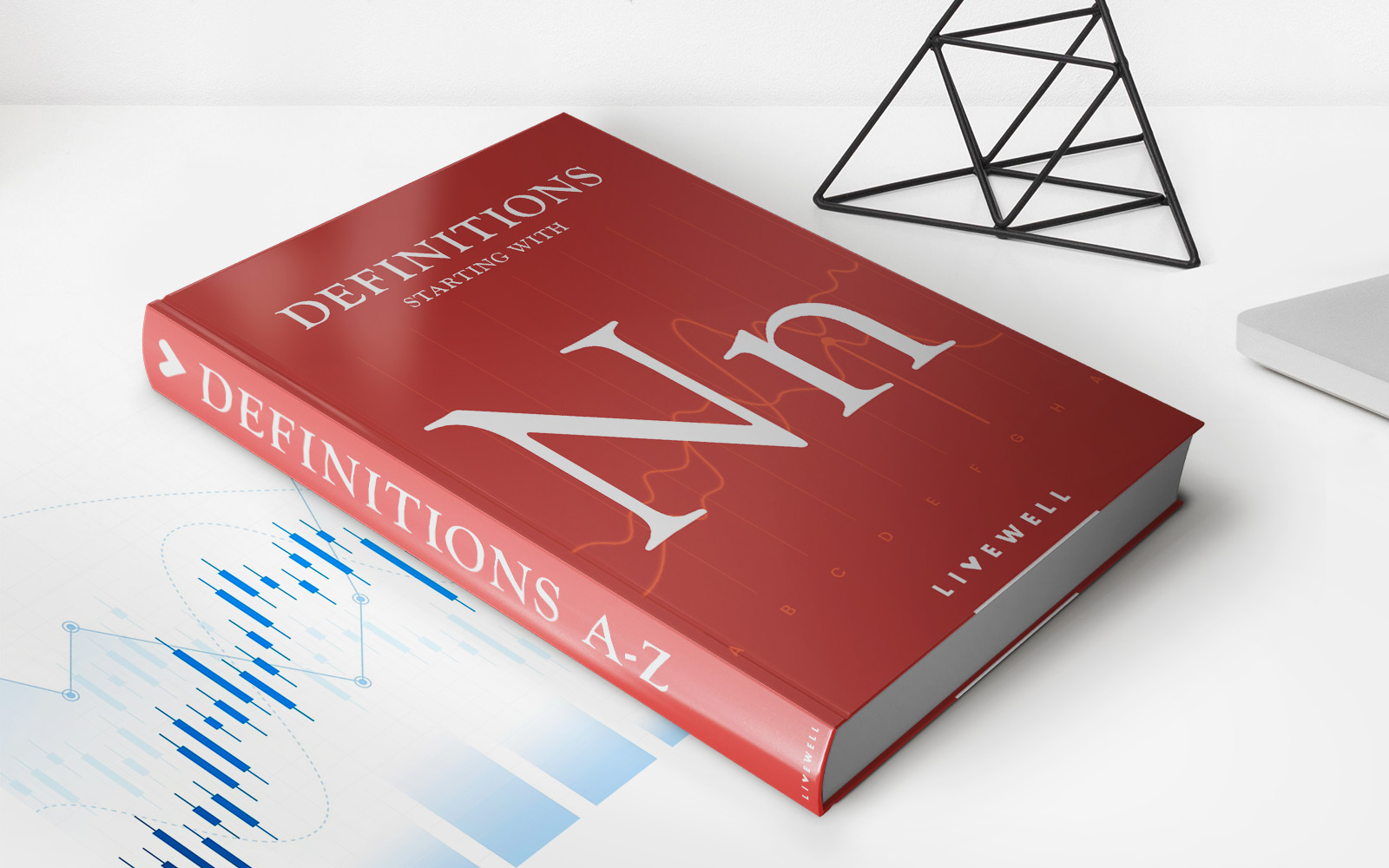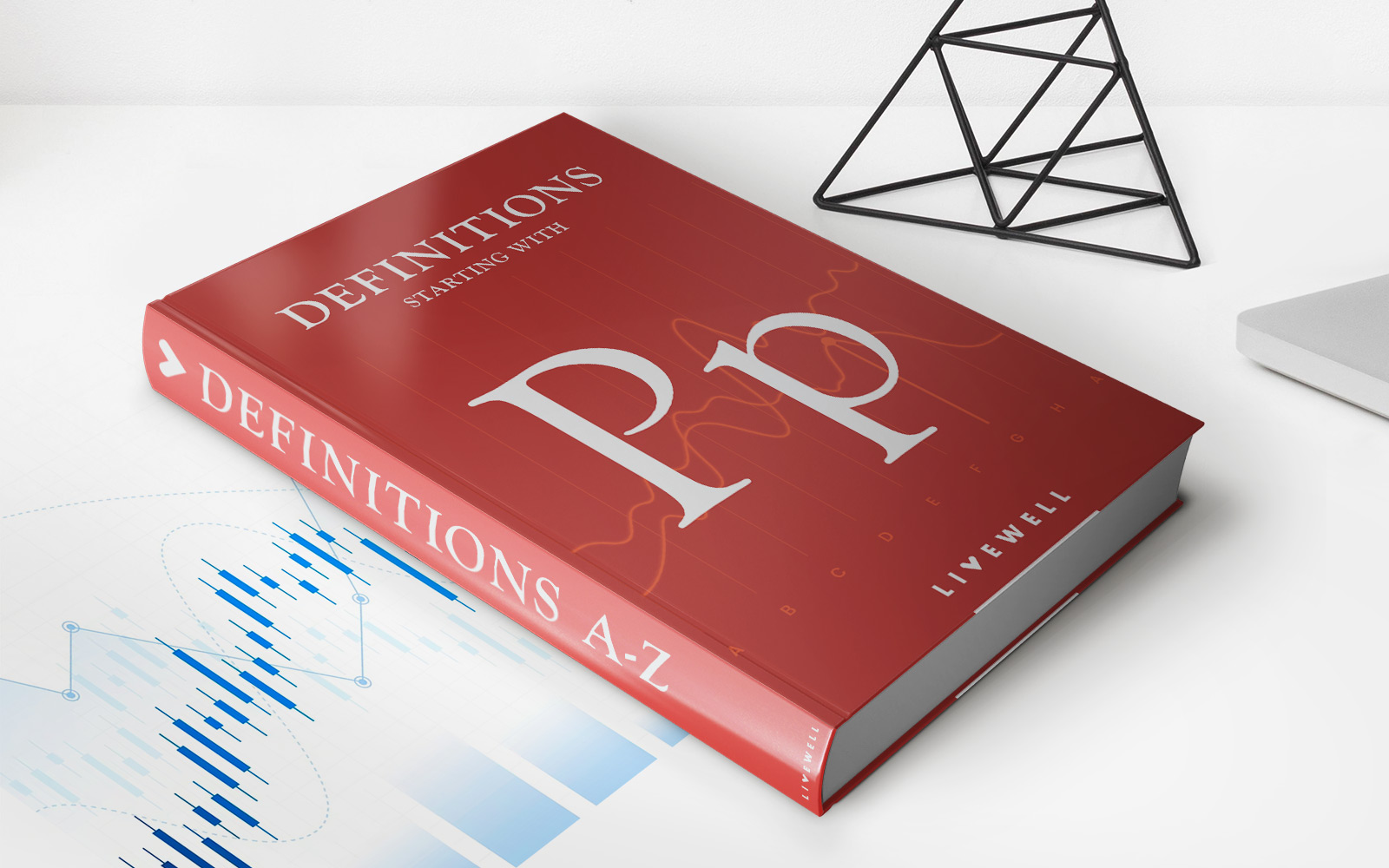Home>Finance>Toll Revenue Bond Definition, Components, And Examples
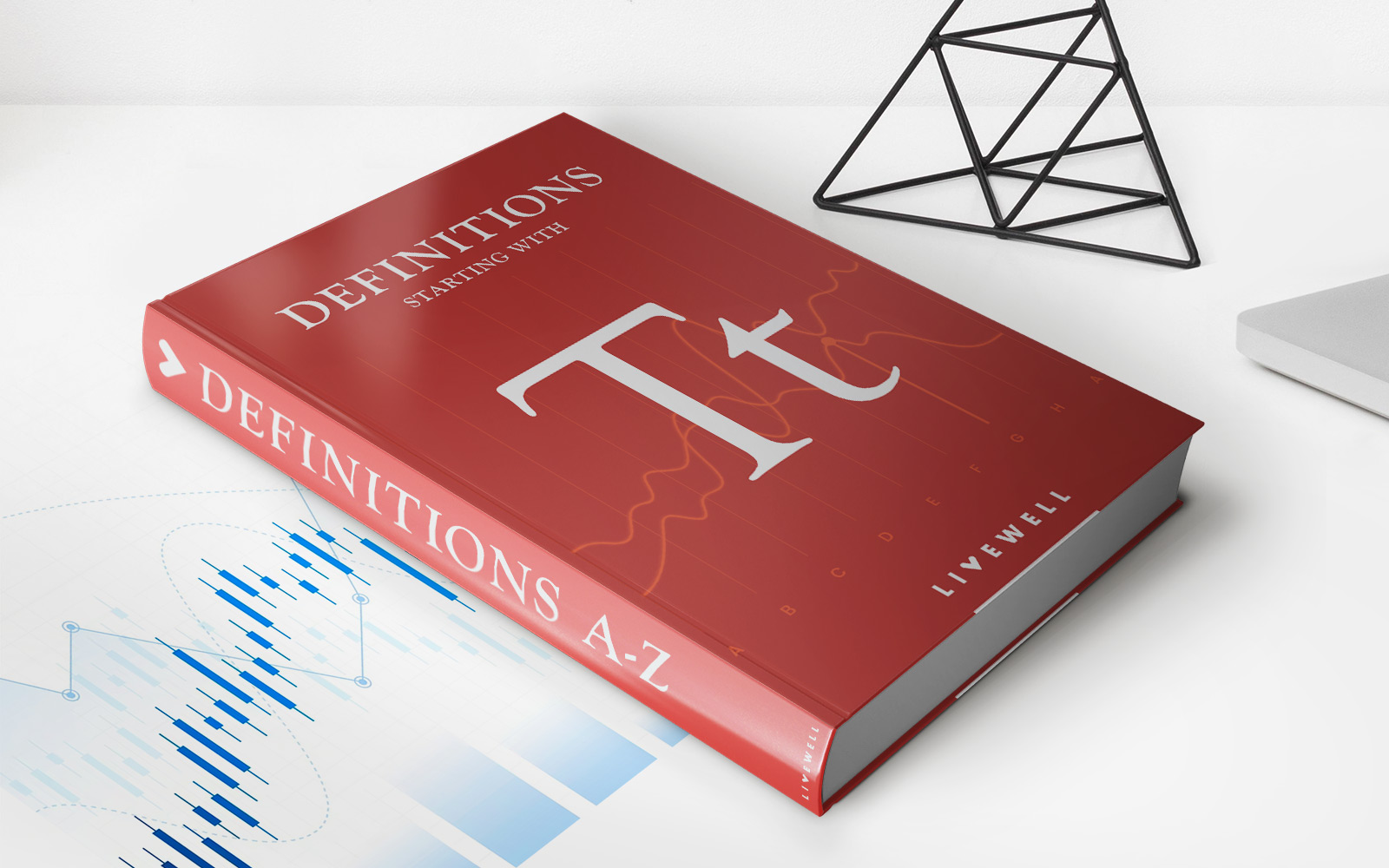

Finance
Toll Revenue Bond Definition, Components, And Examples
Published: February 9, 2024
Learn about toll revenue bonds in finance, including their definition, components, and examples. Explore how these bonds generate revenue for transportation projects and infrastructure.
(Many of the links in this article redirect to a specific reviewed product. Your purchase of these products through affiliate links helps to generate commission for LiveWell, at no extra cost. Learn more)
What are Toll Revenue Bonds?
If you’ve ever driven on a toll road or bridge, you may have wondered how these infrastructure projects are funded. One common method is through the issuance of toll revenue bonds. But what exactly are toll revenue bonds and how do they work? In this article, we will explore the definition, components, and examples of toll revenue bonds.
Key Takeaways:
- Toll revenue bonds are a type of municipal bond issued to fund the construction and maintenance of toll roads, bridges, and tunnels.
- They are backed by the future toll revenues generated from the infrastructure project.
Definition of Toll Revenue Bonds
Toll revenue bonds are a type of municipal bond issued by government entities, such as states or municipalities, to finance the construction, improvement, or maintenance of toll roads, bridges, and tunnels. These bonds are backed by the future toll revenues generated from the infrastructure project. In other words, the revenue generated from tolls is used to repay the bondholders.
When a government entity decides to finance a toll road or bridge through toll revenue bonds, they issue these bonds to investors. Investors who purchase these bonds become lenders to the government entity. In return, the government entity promises to make regular interest payments and repay the principal amount of the bonds at maturity using the toll revenues received from the infrastructure project.
Components of Toll Revenue Bonds
Toll revenue bonds have several components that make up their structure:
- Bond Issuers: Toll revenue bonds are typically issued by government entities such as state departments of transportation or toll authorities.
- Infrastructure Projects: The proceeds from the bond issuance are used to fund the construction, improvement, or maintenance of toll roads, bridges, or tunnels.
- Toll Revenues: These bonds are secured by the toll revenues generated from the infrastructure project. This means that the bondholders have a claim on the toll revenues and are repaid from these funds.
- Interest Payments: Bondholders receive regular interest payments, usually on a semi-annual basis, which are funded from the toll revenues.
- Maturity Date: Toll revenue bonds have a fixed maturity date, at which point the full principal amount of the bonds is repaid to the bondholders.
Examples of Toll Revenue Bonds
One example of toll revenue bonds is the Triborough Bridge and Tunnel Authority (TBTA) bonds issued by the Metropolitan Transportation Authority (MTA) in New York. These bonds were used to finance the construction and improvement of bridges and tunnels in New York City, such as the Verrazzano-Narrows Bridge and the Queens Midtown Tunnel.
Another example is the Central Florida Expressway Authority (CFX) bonds issued in Orlando, Florida. CFX used the proceeds from the bond issuance to build, operate, and maintain toll roads in the greater Orlando area, including State Road 408 (East-West Expressway) and State Road 528 (Beachline Expressway).
Conclusion
Toll revenue bonds provide a financing option for government entities to fund the construction and maintenance of toll roads, bridges, and tunnels. These bonds rely on the future toll revenues generated from the infrastructure project to repay the bondholders. It’s important to note that investing in toll revenue bonds carries certain risks, as the revenue generated from tolls can fluctuate based on factors such as traffic volume and economic conditions. However, when properly managed, toll revenue bonds can be an effective tool for funding crucial transportation projects.

